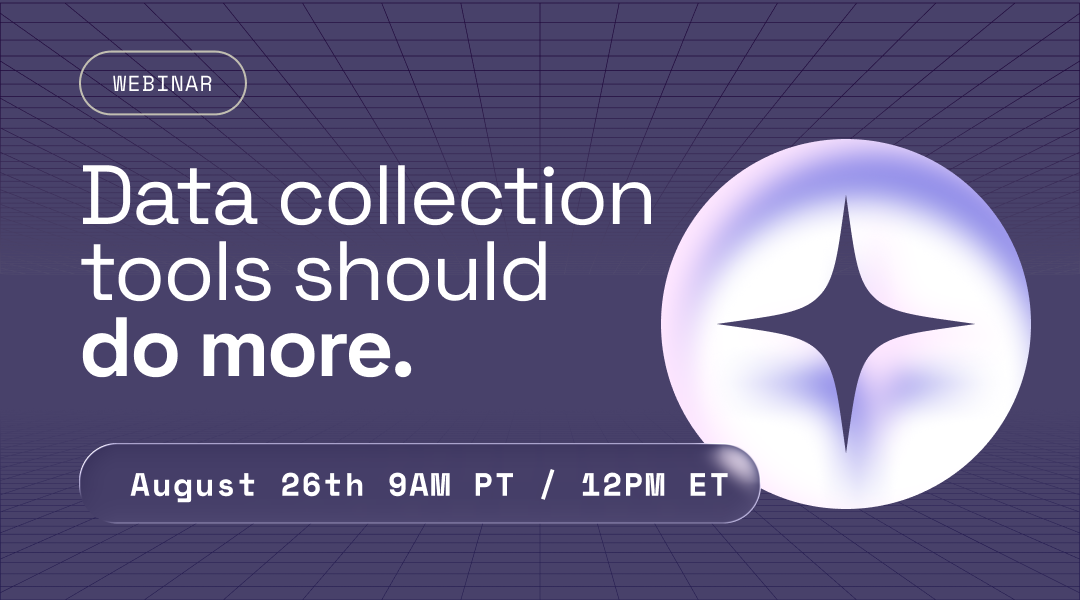All conversations up to 2023 led us to redefine impact management as making "sense" of impact data to inform program decisions that benefit organizations—a shift from proving to improving.
Since we started our journey, I have heard that measuring and managing social impact is complex, needs data teams, and is expensive.
Is it?
Even worse, organizations hide behind the pretense that impact management is a necessary evil. They see it as forced upon them by funders.
If your primary mission is to listen to and serve stakeholders, avoiding impact measurement will likely reduce your growth.
Navigating the maze of traditional impact management is often viewed as a burdensome. Current approaches fail to leverage stakeholder insights, sidelining data driven program optimizations
2024: The Year of change in mindset and innovation.
Redefining stakeholder engagement methodology.
Traditionally, impact management has been seen as a complex and expensive task, often regarded more as a mandatory chore imposed by funders rather than a tool for organizational growth..
It's important to re-evaluate the common belief that impact management is costly and complex, and instead recognize its value in aiding organizational development and growth.
In 2024, the primary shift is from the archaic approach of employing third-party impact evaluators to making social purpose organizations (SPOs) self-reliant. Lack of technical capacity and complex old-school platforms prevented SPOs from efficiently collecting and analyzing the actionable data.
With the emergence of new and advanced technologies, some of the challenges related to data ownership are resolved.
So, what is changing?
- Easy-to-use technology is emerging: If social purpose organizations (SPOs) have integrated data collection and connection tools with analytics, they can make sense of data with limited knowledge of technology. For example, an organization using Sopact solutions can own its data, learn from it, and grow without third-party evaluation. Integrated solutions are ready to measure and manage all your data from the past, collect pre-post feedback, and analyze open-ended or categorical questions without complex technical knowledge or waiting for the internal or external technical IT team! This increases the actionable data capacity of end users such as program leaders.
Here's some excellent news: Innovations in impact management are set to change the game. It's a race now, and organizations adopting these fresh approaches to managing impact in the next decade will win.
- New possibilities for learning from stakeholders: Using AI and pattern-based data analysis to reduce time. In 2024, solutions leverage the newest technology to save time from reading, categorizing, and learning from open feedback. Often, organizations collect but ignore valuable insight due to a lack of time and solutions. Now, organizations can learn from ALL the data, not just from categorical or numeric data.
- Smart surveys bring actionable data: Surveys use AI now and can create practical questions aligned with impact themes. Smart AI-driven surveys improve response rates, reduce analysis time, and bring actionable insights. The standard data model can conduct pre-post-analysis. It can streamline longitudinal analysis in minutes instead of months. Multi-language survey and analysis provides a deeper understanding of clients or stakeholders whose voices often need to be heard!
2024 heralds a transformative shift towards self-reliant, technology-enhanced methodologies, simplifying data analysis from months to minutes.
Challenges in the New Paradigm
Many organizations still prefer traditional methodologies and remain entrenched in the status quo. This includes lengthy RFP processes relying on consultants.
Some still hand over the keys of stakeholder engagement to an external entity. This method, while thorough, can be exceedingly time-consuming, expensive, and complex. Also, it does not make you a data owner.
Some organizations tend to align more closely with funders' interests than themselves. These organizations, which should ideally be at the vanguard of stakeholder engagement and outcome improvement, find their roles and insights somewhat sidelined.
Opportunities:
As we defined earlier, impact management fosters a continuous and meaningful dialogue with stakeholders and relies on actionable data. New technology platforms bring an opportunity for driving efficiency and bring organizations closer to objectives with fewer resources.
These technologies allow organizations to handle various complex tasks in-house and reduce the dependency on external consultants.
This saves time and costs and facilitates scalability and consistency across different partners.
Beyond Outcome Verification: The Continuous Dialogue with Stakeholders
The essence of impact measurement extends far beyond the mere verification of outcomes. It's about establishing a continuous dialogue with those you serve. This approach empowers organizations to:
- Listen Authentically: Are organizations genuinely attentive to their stakeholders? It's not just about collecting data but understanding the narratives and experiences behind it.
- Determine True Focus: How do organizations ensure that their efforts align with the actual needs of their communities? This requires a shift from assumption-based planning to evidence-based decision-making.
- Agree on Outcomes: Do the stakeholders agree with the outcomes being measured? Their concurrence is critical for authentic impact assessment.
- Assess Program Efficiency: Are the implemented programs as effective as they are intended to be? This involves a rigorous analysis of program delivery and impact. It also saves valuable resources.
Adopting innovative impact management technologies poses challenges, such as organizational resistance and adapting to new systems.
Conclusion: The Choice for Organizations: Dependence or Empowerment?
As we look towards the future of impact management, organizations face a critical choice. They can remain dependent on external funders or outdated methods. Or, they can become self-reliant, leveraging technology to gain insights directly from their stakeholders.








